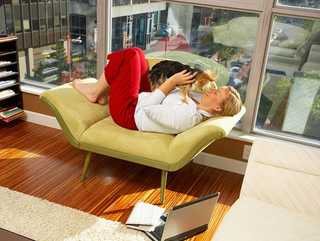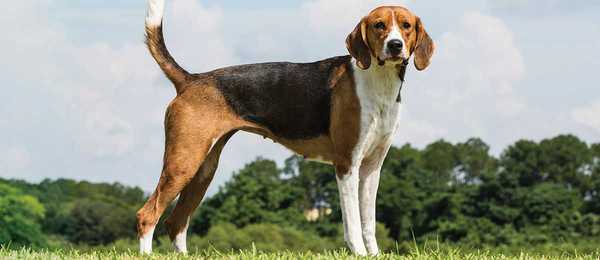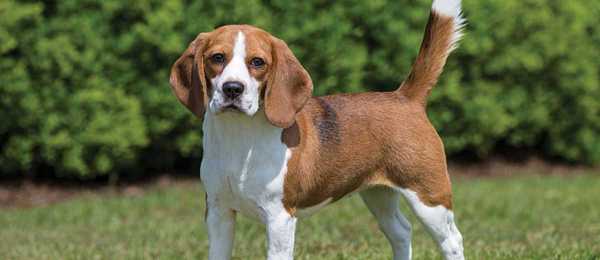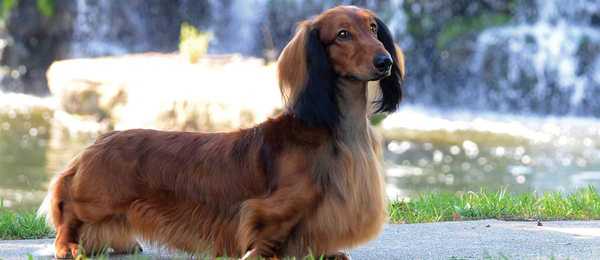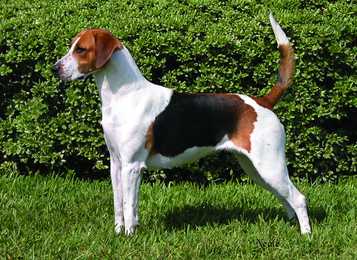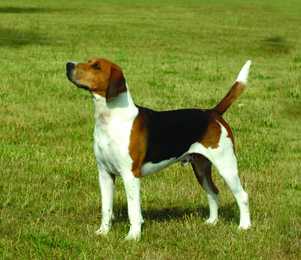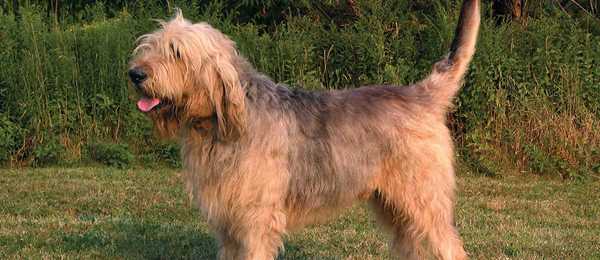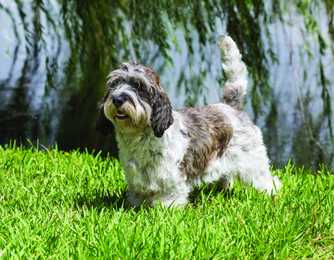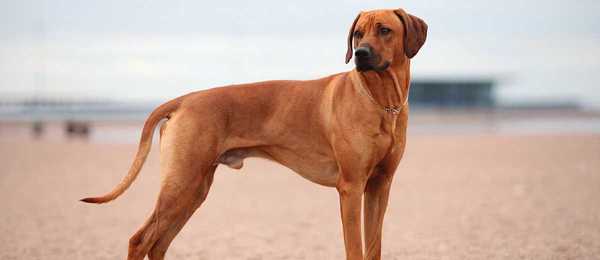
Traits and Characteristics
type
weight
height
family
The Dachshund has an energetic, pleasant expression. The Dachshund’s long low-slung body once enabled them to enter and move freely inside the confines of a den or tunnel. Their confidence, keen nose, and loud voice also are common traits of this breed. Their gait is fluid and smooth.
Each of the three coat varieties has special attributes: the smooth is short and shining, imparting some protection against the elements; the long hair is sleek, sometimes slightly wavy, providing somewhat more protection; the wire has tight, thick, and hard hair with a finer undercoat, providing maximal protection.
Ready to see what dogs fit you best? Take our short quiz to find out!
Energy Level
Exercise Requirements
Playfulness
Affection Level
Friendliness to Dogs
Friendliness to Other Pets
Friendliness to Strangers
Watchfulness
Ease of Training
Grooming Requirements
Heat Sensitivity
Vocality
Disclaimer: While the characteristics mentioned here may frequently represent this breed, dogs are individuals whose personalities and appearances will vary. Please consult the adoption organization for details on a specific pet.
Temperament
The Dachshund is bold, curious, and always up for adventure. They often like to chase and dig, or scent related games or activities. They can be independent but will join in their family’s activities whenever given a chance. The Dachshund can be good with children in his own family, but some may need to be carefully introduced to strange children. Most are reserved with strangers. Some bark. The long-haired variety may be quieter and less terrier-like; the wires may be more outgoing. Some miniatures are more prone to be timid.
Upkeep
Although active, the Dachshund’s exercise requirements can be met with moderate walks on leash and games in the yard. They are amenable to city life or apartment living, but are energetic at heart and enjoy time outside. The smooth coat requires minimal grooming. The long coat requires brushing or combing once or twice weekly and occasional trimming of stray hairs. The wire coat requires brushing or combing about once a week, with occasional trimming of stray hairs and stripping to remove dead hair twice a year.
Health
- Major concerns: intervertebral disk disease
- Minor concerns: KCS
- Occasionally seen: diabetes, seizures, patellar luxation, gastric torsion, Cushing’s, deafness (in double dapples)
- Suggested tests: eye, knee
- Life span: 12–14 years
- Note: Obesity is a common problem. “Double dapples” (homozygous merles) are more likely to have visual and hearing problems.
History
Definitive evidence of the Dachshund as a breed isn’t found until the sixteenth century, when reference was made to a “low crooked legged” dog called a Little Burrow Dog, Dacksel, or Badger Dog. The modern name “Dachshund” means simply badger (dachs) dog (hund) in German.
The Dachshund comes in three coat varieties and two sizes. The original Dachshunds were smooth coated and arose from crosses of the Bracke, a miniature French pointer, with the Pinscher. Some evidence exists of longer-haired Dachshund-like dogs in sixteenth-century woodcuts. It is also possible that smooth Dachshunds were later crossed with spaniels and the German Stoberhund to produce the long-haired variety. Mention is made of wire-coated Dachshunds as early as 1797, but most modern wires were created around the end of the nineteenth century by crossing smooth Dachshunds with German Wire-haired Pinschers and the Dandie Dinmont Terrier.
Before 1900, very small Dachshunds were kept to protect the home and farm from rodents. Although some were simply runts, others were intentionally produced by crosses with toy terriers or pinschers. Most of the resulting miniatures lacked Dachshund type, however. By 1910, stricter criteria were adopted for type, and each coat type was crossed with different breeds to achieve the best results: smooths were bred with the Miniature Pinscher, longs with the Papillon, and wires with the Miniature Schnauzer. The Dachshund has since found its real niche as a family pet, steadily rising in popularity to hold a place as one of the most popular hounds in America.
